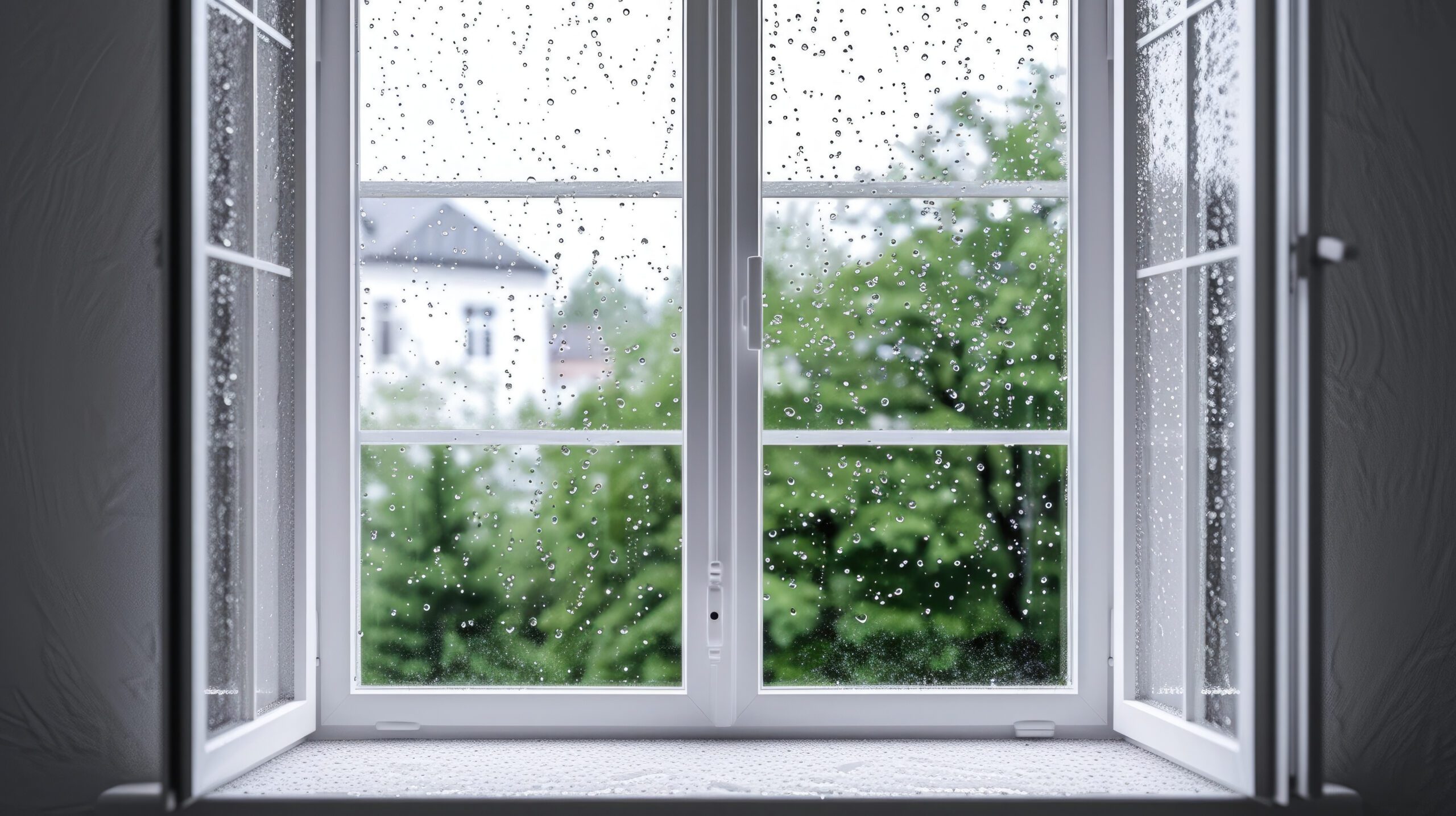Weather intelligence for the future: Crafting a strategic enterprise approach to changing environmental conditions
Continue readingOne-size-fits-all weather content is no longer enough for today’s audiences.
As technology evolves and viewer preferences shift, the demand for highly localized, up-to-the-minute weather information is rapidly growing. Weather broadcasters need a new model to meet these preferences, one that isn’t bound by the constraints of traditional broadcast schedules.
This is where Connected TV (CTV) broadcasts become so essential.
What is CTV weather broadcasting and how does it work?
CTV weather broadcasting refers to the delivery of weather-related content through CTV devices such as Xbox, Roku, Apple TV and more. These devices connect to or are embedded in televisions to stream content over the internet.
In the context of weather broadcasting, CTV allows broadcasters to deliver real-time weather updates, forecasts, severe weather alerts, and other related content directly to viewers’ televisions via the internet. This approach leverages the interactivity and connectivity of digital media, allowing for more personalized and location-specific content. For instance, CTV viewers can access weather updates that are tailored to their exact location at any time, not just during scheduled broadcast times.
Through the integration of real-time data from satellites, radar, and weather stations, CTV systems process and tailor weather forecasts specific to each viewer’s location. This customization allows for a more personalized and engaging experience, enabling viewers to interact with the broadcast using their remote controls to explore in-depth weather maps and extended forecasts.
What is the difference between traditional and CTV weather broadcasts?
Traditional (or linear TV) weather broadcasts have been primarily broadcast Over the Air (OTA) or on cable, often at fixed times and with general content intended for broad audiences. In contrast, CTV weather broadcasts leverage the flexibility of online streaming platforms, offering viewers the ability to access weather updates at their convenience across a variety of platforms. This level of personalization makes CTV a better fit for today’s audiences, who expect access to real-time, relevant weather updates across a variety of devices.
What is the difference between OTT and CTV weather broadcasts?
While both Over-the-Top (OTT) and Connected TV (CTV) broadcasting are related, they are different. OTT encompasses the broader method of delivering streaming content. For example, viewers can watch live weather updates or emergency broadcasts directly on their mobile devices through apps like The Weather Channel app, which provides real-time alerts and forecasts wherever they are.
CTV, on the other hand, specifically refers to the internet-connected TV devices. The viewing experience mimics a traditional TV format but with modern connectivity features. Viewers can use these devices to stream dedicated weather channels that offer continuous live broadcasts and specialized content such as local weather reports tailored to their exact locations. CTV weather broadcasts are designed for these kinds of devices and are distributed via streaming channels.
An overview of CTV components
Viewers can access CTV weather broadcasts through a variety of devices and methods, including the following:
Smart TVs
Smart TVs’ integrated internet capabilities allow direct streaming of weather broadcasts, enabling viewers to access real-time weather information with just a few clicks on their remote controls.
Digital Media Players
Digital media players are devices that stream digital content to TVs, such as Chromecast, Amazon Fire Stick, and video game consoles. These devices allow users to switch seamlessly between watching their favorite shows and viewing the latest weather updates.
Set-Top Boxes
Cable boxes that provide internet connectivity and access to a plethora of streaming services also enable easy access to weather channels and apps.
Advantages of CTV weather broadcasting
The advanced streaming technology that powers CTV broadcasting has tremendous potential for improving your weathercasts. Here are just a few advantages that you can expect:
Cost-effective
CTV broadcasting has lower operational costs because of their simplified content distribution processes. It allows you to automate video creation and share content across multiple channels, reducing the need for extensive manual intervention.
Faster delivery
As broadcasting expands to include digital platforms and CTV alongside traditional linear TV, the need to quickly produce and distribute content has become critical. ReelSphere, a tool enhanced with AI, streamlines this process by automatically generating weather content. It allows you to create targeted, hyperlocal, and adaptive videos based on the forecast, day of the week and other factors. Being able to generate these videos across multiple channels helps ensure that your viewers receive weather information in a timely fashion.
Reaches a larger audience
CTV broadcasting effectively expands audience reach by leveraging advanced technologies to serve tailored weather videos across all digital platforms. For example, allowing on-air talent to incorporate viewer-submitted stories and social media posts into broadcasts. This approach allows you to tap into a broader demographic, including viewers who primarily consume content on mobile devices and online platforms.
Recent research supports this strategy, showing that 88% of respondents are at least somewhat interested in using local weather streaming services. By utilizing hyperlocal weather broadcasting tools, you can ensure that weather content is both accessible and relevant for local viewers.
Engagement
Weather broadcasting directly impacts people’s daily decisions, making it inherently engaging and important to viewers. For example, viewers stream CBS News Colorado’s digital weather content for an average of more than 30 minutes per day. This high level of engagement makes weather content a pivotal part of their streaming strategy, according to meteorologist Ashton Altieri.
Ability to scale hyperlocal content
With the right CTV weather content solution, you can effectively create targeted and hyperlocal videos at scale. This capability ensures that audiences in different regions receive weather updates that are tailored to their specific local conditions, meeting the growing demand for extremely targeted, relevant content. For example, showing the radar map only when there is precipitation in the forecast.
Though CTV solutions streamline workflows with weather forecast automation features, your team still retains the flexibility to manually edit and refine the content. This blend of automation and manual oversight ensures that you can maintain quality and accuracy even as your production of weather content scales up.
Advertising opportunities
CTV weather broadcasting opens up lucrative advertising opportunities that can significantly enhance revenue streams for your channel. Essentially, localized content provides an opportunity for extremely localized advertising that’s relevant to your viewers. In addition, according to the “Weather OTT Focus Groups & Quantitative Survey” conducted by Magid Research, 98% of advertisers would consider sponsoring weather content on CTV. With the increasing shift toward digital and connected media, weather streaming on CTV platforms presents a fresh and attractive avenue for monetization.
First-party data
Leveraging first-party data is a powerful strategy for CTV weather broadcasting, enabling your station to better target and deliver lifestyle videos that cater precisely to its viewers’ preferences and locations. By collecting and analyzing viewer data, such as viewing habits, preferred content types, and geographical information, you can tailor your weather broadcasts to enhance relevance and viewer engagement such as offering a golfer’s, beach or even runner’s forecast.
Create professional CTV weather broadcasts with ReelSphere
The Weather Company’s ReelSphere solution revolutionizes weather broadcasting by automating the production of on-demand, personalized weather content for CTV and OTT platforms. Leveraging the power of their Max platform and graphics, ReelSphere enables you to deliver curated content at the drop of a hat. The system automatically generates location-specific weather graphics and broadcast templates that vary depending on the time of the day and the existing weather conditions. By letting you scale up localized weather content quickly and efficiently, without expending additional resources, ReelSphere lets you harness the full benefits of the CTV streaming revolution.
People also asked questions
What weather software do meteorologists use?
Meteorologists use a range of sophisticated software tools designed to collect, analyze, and present weather data. These tools include models that predict weather patterns based on current atmospheric conditions gathered from satellites, radar, and ground-based sensors. They also use geographic information systems (GIS) to visually represent weather data on maps, which helps in analyzing and forecasting weather more effectively. Additionally, specialized software like Max helps meteorologists create visual representations of the weather for public broadcasts.
What weather data and model are most accurate?
Determining the most accurate weather data often depends on the region, forecast type, and specific weather events. No model is perfect. Public data from the National Weather Service (NWS) is renowned for its comprehensive and reliable forecasts, thanks to extensive data from satellites and radars. The Weather Company is the world’s most accurate weather forecaster overall, according to a 2017-2022 study from ForecastWatch: Global and Regional Weather Forecast Accuracy Overview, 2017-2022, commissioned by The Weather Company.
Let’s talk
To learn more about automated, digital weather content with ReelSphere, contact our media experts today.
Contact us



